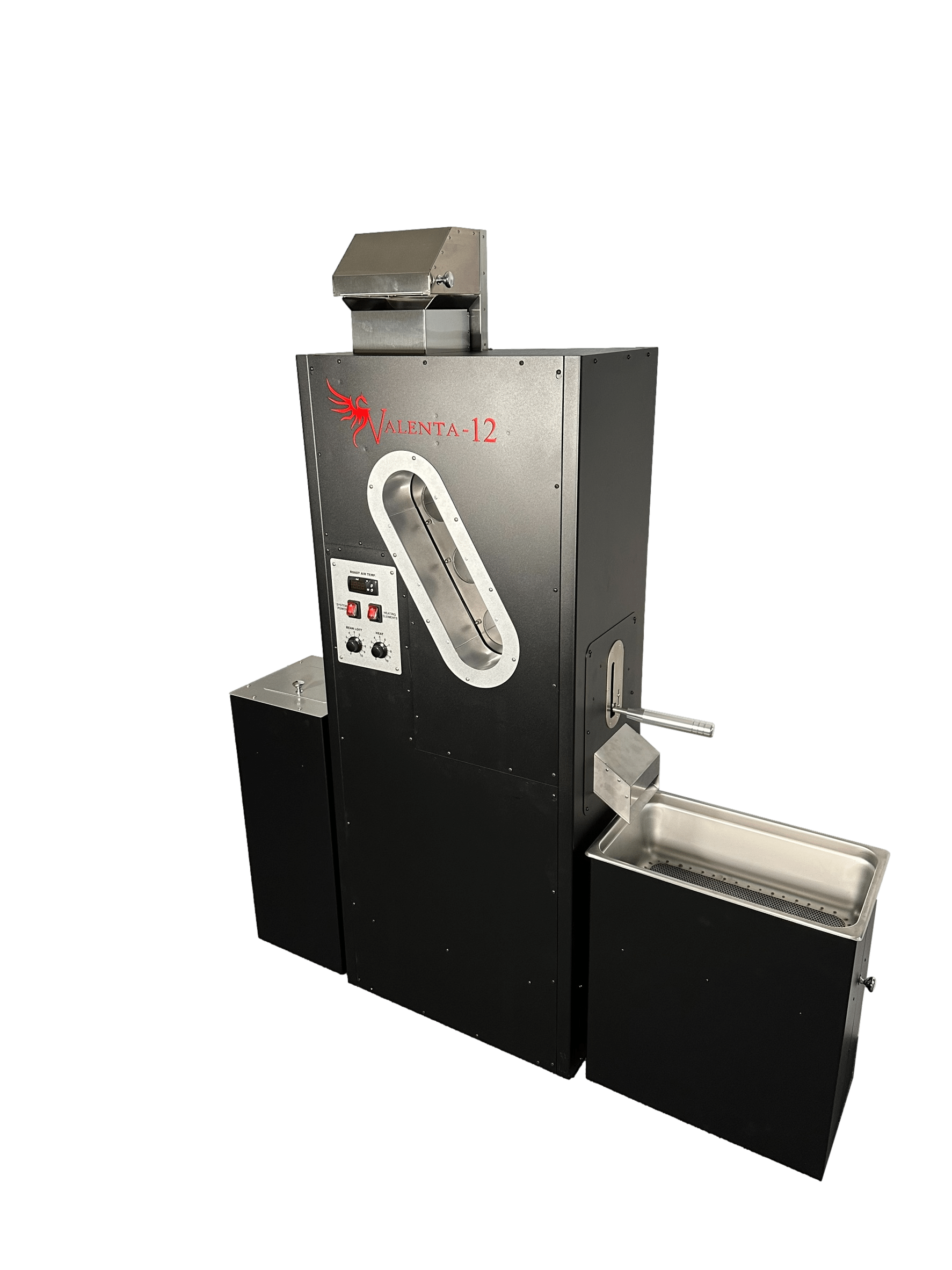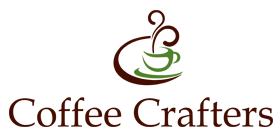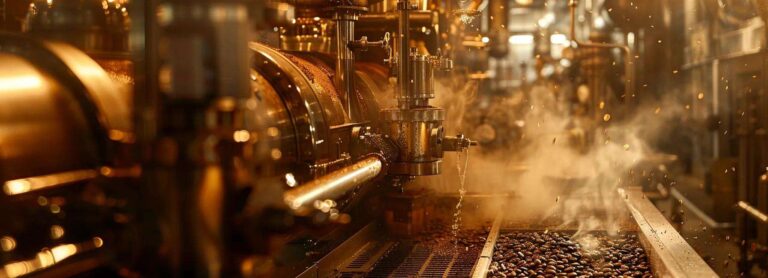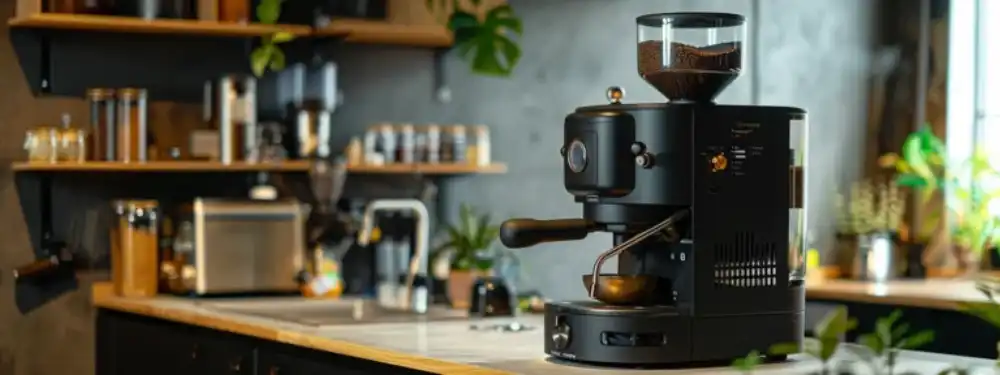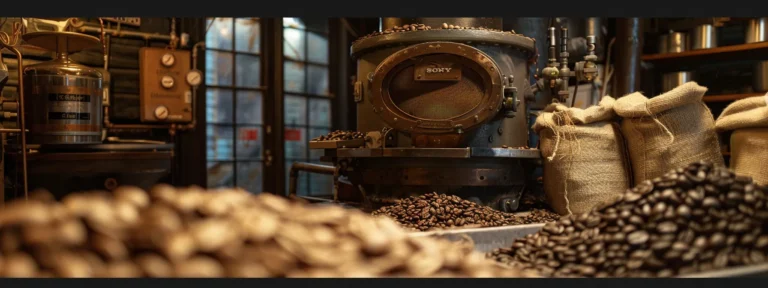Table Of Contents:
- Flavor Profiling: Comprehensive Guide to Coffee Tasting Notes, Sensory Training, and Cupping Protocols
- What Are Coffee Tasting Notes and How Do You Identify Them?
- How Does Sensory Training Improve Coffee Flavor Profiling Skills?
- What Are the Standard Cupping Protocols for Coffee Evaluation?
- How Do Coffee Flavor Profiles Influence Brewing and Roasting Decisions?
- What Tools and Resources Support Advanced Coffee Flavor Profiling?
- How Can Beginners Start Learning Coffee Tasting and Cupping?
- Why Is Consistency Important in Coffee Flavor Profiling and How Is It Achieved?
- Table: Coffee Flavor Attributes Comparison
- How Can Beginners Start Learning Coffee Tasting and Cupping?
- Why Is Consistency Important in Coffee Flavor Profiling and How Is It Achieved?
- Frequently Asked Questions
- Final Thoughts
Flavor Profiling: Comprehensive Guide to Coffee Tasting Notes, Sensory Training, and Cupping Protocols
Coffee tasting is both an art and a science. Whether evaluating a single-origin bean or perfecting a roast, understanding coffee tasting notes is essential to achieving the perfect cup. This guide explores coffee tasting notes, explains how sensory training refines flavor profiling skills, and outlines standard cupping protocols for evaluation. It also discusses how these insights affect brewing and roasting decisions while providing practical resources for beginners and advanced tasters.
What Are Coffee Tasting Notes and How Do You Identify Them?
Coffee tasting notes are the descriptive terms capturing the flavors, aromas, and textures of a coffee. The first step to identifying these notes is familiarizing oneself with common descriptors such as fruity, nutty, chocolaty, and floral. In my practice, these notes emerge through a detailed sensory evaluation that involves smell and taste. Smelling freshly ground beans and noting subtle aroma differences even before brewing can help predict the flavor profile in the cup.
During the tasting, flavors are compared to a standardized coffee flavor wheel that categorizes common notes. For instance, a bright acidity may be described as lemon or green apple, while a mellow roasted note might evoke hints of caramel or toasted bread. This organized method provides a reliable reference for systematically recording observations and ensuring accurate identification over time.
Which Flavor Profiles Are Common in Coffee Tasting?
The most common profiles include acidity, sweetness, bitterness, and body. Acidity, described as vibrant or sparkling, imparts liveliness; sweetness can resemble fruits or sugars; bitterness is often a product of the roast; and body reflects the coffee’s weight or mouthfeel. Additionally, spice, floral, or herbal nuances may appear depending on the bean’s origin and processing method. Regular sensory evaluations help correlate tastes with their corresponding aromas, refining the ability to differentiate subtle notes—such as distinguishing between blackberry and blueberry or light citrus and deep orange.
How to Use a Coffee Flavor Wheel for Accurate Tasting Notes
The coffee flavor wheel is an indispensable tool during cupping sessions. Its circular design organizes flavors into broad categories—fruity, nutty, sweet, earthy—with subdivisions for more precise descriptors. I begin by familiarizing myself with the wheel’s sections, which builds a mental map of the flavor spectrum.
When tasting, I compare the coffee’s aroma and flavor to the descriptors on the wheel. A bright, crisp acidity might lead me to note citrus hints like lime or grapefruit, while a smooth finish could suggest milk chocolate or caramel. Maintaining detailed records of these comparisons enhances my accuracy and deepens my understanding of how brewing variables influence flavor.
What Are the Best Practices for Recording Coffee Tasting Notes?
Recording tasting notes is crucial for maintaining consistency and quality. I keep a dedicated tasting journal or digital log that documents flavor notes along with key variables such as roast level, brew method, water temperature, and grind size. My notes typically include the date, coffee name, origin, and roast profile, followed by descriptions of the aroma, the initial sip, and the aftertaste. It is important to note both positive attributes (like fruity brightness or creamy body) and any off-notes that might indicate issues such as over-roasting or brewing errors.
Using a standardized scoring system—rating aspects like acidity, sweetness, body, and balance on a 10-point scale—can help quantify subjective experiences and facilitate comparisons over time.
How Does Sensory Training Improve Coffee Flavor Profiling Skills?
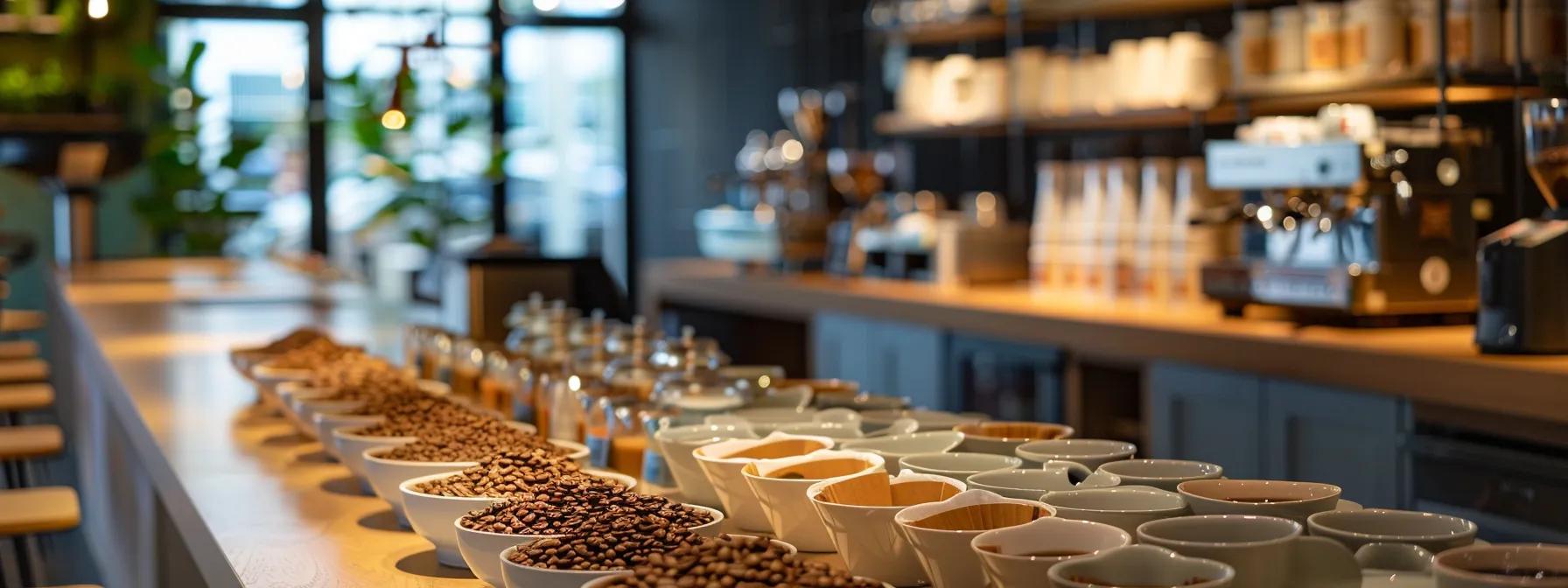
Sensory training is the deliberate practice of refining one’s ability to detect and discriminate subtle flavors and aromas. In my journey as a coffee roaster and taster, regular sensory training through cupping sessions, blind tastings, and comparative exercises has been transformative. This practice enhances cognitive recognition by repeatedly exposing the palate to specific tastes and scents, gradually increasing both sensitivity and accuracy.
Such training not only sharpens the sense of smell but also improves the ability to recall and describe flavors precisely. For professionals like coffee roasters and baristas, these skills are critical for quality control and ensuring consistency in the final product.
What Are Effective Sensory Training Exercises for Coffee Professionals?
Several exercises have proven effective in enhancing flavor profiling skills. Blind tastings, where the coffee’s identity remains unknown, force reliance on sensory perception without preconceived notions. Side-by-side comparisons of similar coffees from different origins can highlight unique characteristics related to terroir. Additionally, aroma kits with essential oils or pure flavor extracts (citrus, cocoa, floral) help train the brain to recognize common coffee notes. Structured sessions with the flavor wheel and repeated practice with cupping protocols further refine sensory accuracy.
How to Develop Your Palate for Coffee Tasting
Developing a refined palate requires consistency and exposure. I advise starting with coffees that have a broad but familiar range of profiles and gradually introducing more complex varieties. Tasting sessions in controlled environments free from distracting odors improve focus and retention of subtle flavor cues. Rotating between coffees from various origins, processing methods, and roast levels expands one’s sensory vocabulary. Group training sessions with peers can also help calibrate individual perceptions, fostering a common language among tasters.
Why Is Sensory Calibration Important in Coffee Evaluation?
Sensory calibration aligns individual perceptions with standardized flavor descriptors. Calibration sessions, where multiple tasters evaluate the same coffee and discuss their observations, are crucial for eliminating personal biases. These discussions—supported by the reference of a flavor wheel or aroma kits—help resolve discrepancies and refine tasting standards. A calibrated palate boosts confidence and improves communication about coffee quality among professionals, ensuring consistent evaluations.
What Are the Standard Cupping Protocols for Coffee Evaluation?
Standard cupping protocols form the foundation of professional coffee evaluation. These methodologies ensure that each coffee is assessed under similar conditions, allowing for objective comparisons by minimizing variables like brew strength, temperature, and timing.
In my practice, I adhere to a detailed cupping protocol that includes breaking the crust, smelling the dry grounds, and then tasting the coffee within a specific time frame. This systematic approach reveals inherent flavors and aromas while providing insights into the coffee’s balance, acidity, and aftertaste.
How to Prepare Coffee Samples for Cupping Sessions
Proper sample preparation is critical for reliable cupping results. I ensure that the coffee beans are freshly roasted and ground to a consistent coarseness for uniform extraction. I measure precise sample weights—typically around 8.25 grams per 150 milliliters of water—and use water heated to approximately 200°F (93°C). The samples are placed in identical cups and organized systematically. Recording the brew time also ensures that the tasting occurs when aroma and flavor are at their peak.
What Are the Key Steps in a Professional Coffee Cupping Process?
The cupping process involves several key steps. First, the dry aroma of the freshly ground coffee is evaluated. After pouring hot water, a crust forms, which is gently broken with a spoon to release additional aromas. Once the coffee cools slightly, the tasting begins. I slurp the coffee using a specific technique that aerates the liquid, distributing the flavors evenly across the palate. Every sip is evaluated for aroma, flavor, acidity, body, and aftertaste, and observations are recorded immediately.
How to Score and Interpret Cupping Results Effectively
A structured scoring system is used during cupping sessions, where each attribute—aroma, flavor, aftertaste, acidity, body, balance, and overall impression—is rated on a scale (typically out of 10). This numerical system facilitates objective comparisons. Analyzing both high and low scores helps identify a coffee’s strengths and weaknesses. For example, a sample may rate high on aroma and flavor but low on balance, suggesting that adjustments in brewing might be needed. Tracking these scores over time enables trend analysis and helps in selecting the best beans for specific flavor profiles.
How Do Coffee Flavor Profiles Influence Brewing and Roasting Decisions?
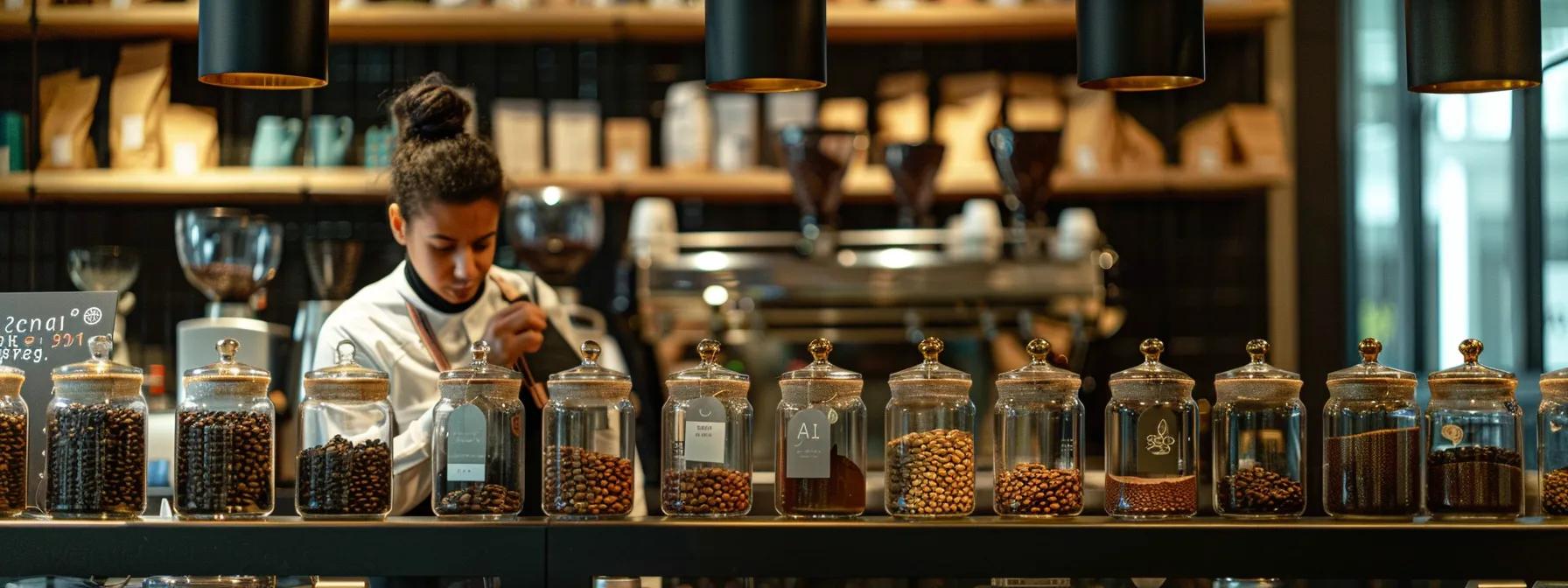
Understanding a coffee’s flavor profile is critical for guiding both brewing and roasting decisions. The intrinsic characteristics of a coffee provide a roadmap for adjusting roast levels and brewing techniques. Light roasts tend to preserve bright acidity and fruitiness, while darker roasts emphasize caramelization and bitterness. When a tasting note indicates an imbalance—such as excessive acidity or a muted body—the roast temperature or brew method can be modified accordingly. These adjustments, made iteratively through tasting and retasting, are central to producing a cup that meets customer expectations and maintains brand identity.
What Role Do Tasting Notes Play in Roasting Profiles?
Tasting notes act as a diagnostic tool during the roasting process. They allow roasters to monitor and adjust the evolution of flavors. For example, if the tasting notes reveal an underdeveloped fruity characteristic or an overdeveloped bitter note, adjustments such as changing the roast duration or temperature are made. A successful roast strikes a balance between the bean’s natural qualities and the desired flavor outcome, making tasting notes essential for fine-tuning the process.
How Can Sensory Feedback Guide Brewing Adjustments?
Sensory feedback from cupping sessions informs adjustments to brewing parameters like water temperature, brew ratio, and extraction time. If a coffee tastes overly acidic, extending the brew time or slightly lowering the water temperature can help achieve greater balance. Conversely, if a coffee lacks vibrancy, a shorter extraction may preserve more of its natural sweetness and body. By connecting sensory observations directly to brewing variables, one can develop a reproducible method that consistently yields a well-balanced cup.
Which Flavor Attributes Are Most Affected by Brewing Methods?
Different brewing methods impact various flavor attributes. Drip and pour-over methods often enhance clarity and brightness by controlling extraction rates. Espresso may result in a richer, more concentrated flavor with a fuller body, while French press methods tend to amplify a coffee’s body and texture. Methods like cold brew, with longer water contact, typically produce smoother profiles with reduced acidity and enhanced sweetness. Understanding these effects allows for precise tailoring of the brewing process to the specific characteristics of each coffee.
What Tools and Resources Support Advanced Coffee Flavor Profiling?
Advanced coffee flavor profiling increasingly relies on specialized tools and digital resources. Tools such as digital flavor wheels, sensory apps, and comprehensive cupping logs streamline the evaluation process and enhance accuracy. Digital flavor wheels offer interactive and dynamic comparisons, while sensory apps facilitate real-time recording, scoring, and analysis of tasting sessions. These technologies support data-driven decisions in both roasting and brewing and foster collaboration among professional tasters by standardizing the interpretation of flavor notes.
How to Use Digital Flavor Wheels and Sensory Apps
Using these digital tools is straightforward. I launch a sensory app that displays an interactive flavor wheel categorized by taste, aroma, and aftertaste. As I taste the coffee, I select the descriptors that best match my experience; the app then records corresponding notes and scores. Additionally, photos, brewing parameters, and voice notes can be added, creating a comprehensive digital record that aids in refining roast profiles and maintaining consistency.
What Certifications Validate Coffee Sensory Training Expertise?
Certifications from reputable organizations like the Specialty Coffee Association (SCA) and the Coffee Quality Institute (CQI) validate a professional’s sensory evaluation expertise. These certifications involve rigorous training, practical evaluations, and mastery of cupping protocols. Obtaining such credentials not only enhances credibility but also supports effective collaboration and quality control in professional coffee settings.
Where to Find Community and Networking Opportunities for Coffee Tasters
Industry conferences, local cupping events, and online forums offer valuable opportunities for networking and continuous learning. Organizations such as the Specialty Coffee Association provide platforms for collaborative calibration, workshops, and discussions on emerging trends and best practices. Engaging with a community of coffee tasters helps maintain a high level of sensory acuity and ensures that techniques remain current.
How Can Beginners Start Learning Coffee Tasting and Cupping?
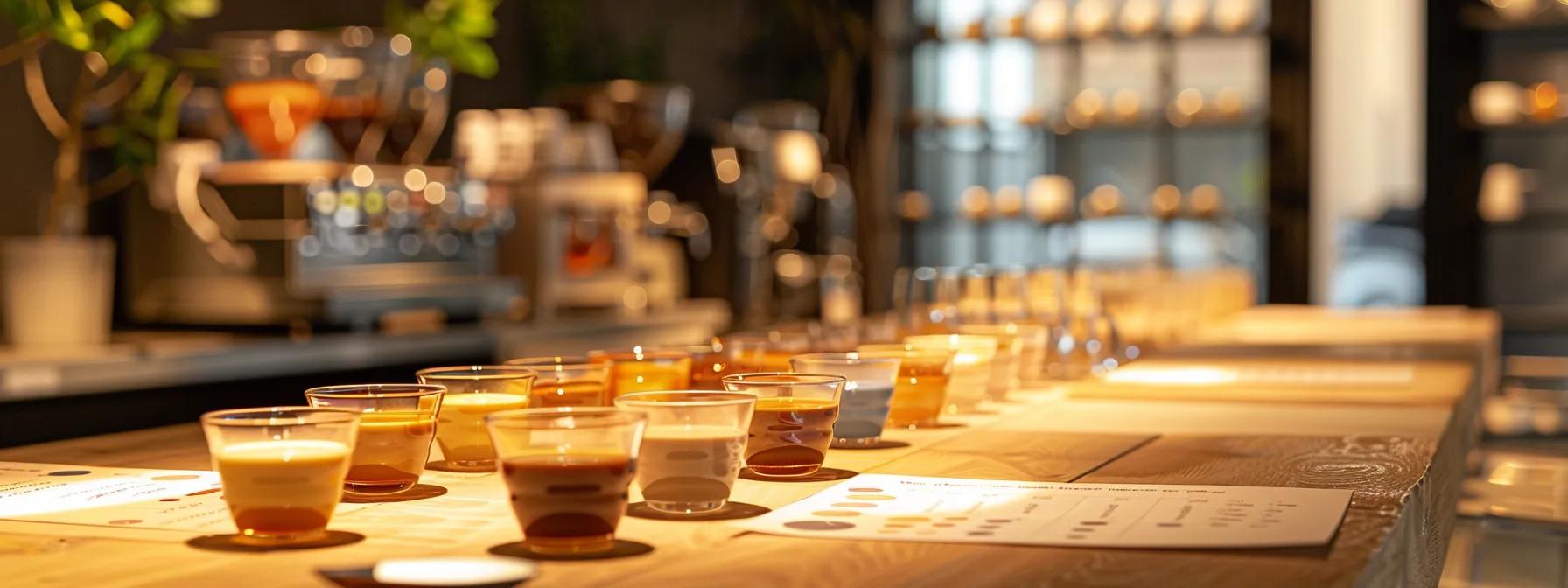
For those new to coffee tasting, the learning curve may seem steep at first, but a structured approach can make it both manageable and enjoyable. I recommend beginning with simple sensory exercises and gradually progressing to more formalized cupping sessions. The initial goal is to build a basic sensory vocabulary and develop an appreciation for the nuances in flavor.
By experimenting with a variety of single-origin coffees, beginners can explore a range of profiles—from bright and acidic to dark and robust. Using a coffee flavor wheel to familiarize oneself with common descriptors, along with recording detailed observations, helps build confidence in tasting skills.
What Are Simple Sensory Exercises for Coffee Enthusiasts?
A practical exercise is the “smell and identify” activity. Start by isolating common aromas such as citrus, chocolate, and nuts, then match these with the corresponding notes on the flavor wheel. Another useful exercise is to conduct a sequential tasting, comparing several coffees side by side to note differences in acidity, sweetness, and body. Such exercises, which can be easily performed at home, lay a solid foundation for more advanced cupping.
How to Conduct a Basic Home Coffee Cupping Session
At home, begin by selecting a few different coffee beans and grinding them to a consistent coarseness. Use a scale to measure the appropriate amounts of coffee and water, heat the water to around 200°F, and pour it evenly over the grounds in small cups. Allow the coffee to steep for approximately four minutes, then break the crust with a spoon to release additional aromas. Once the coffee cools slightly, taste it using a method that maximizes flavor delivery, and record your observations in a dedicated tasting journal.
Which Common Mistakes Should Beginners Avoid in Flavor Profiling?
Beginners often rush the tasting process, fail to control environmental variables, or rely too heavily on external descriptions instead of developing personal sensory vocabulary. For example, tasting coffee before it cools sufficiently may cause subtle flavors to be missed. Avoid distractions during the session, and focus on recording each sensory detail systematically to gradually improve your tasting skills.
Why Is Consistency Important in Coffee Flavor Profiling and How Is It Achieved?
Consistency ensures that every evaluation is reliable and comparable over time. In my practice, maintaining consistency involves using standardized cupping protocols, calibrating sensory tools frequently, and reviewing past data. Consistent evaluations allow for confident adjustments in roasting and brewing, while also building trust with customers by meeting established quality benchmarks.
How to Standardize Cupping Protocols Across Teams
Standardization starts with a uniform set of guidelines on sample preparation, tasting, and scoring. In my team, we adhere to strict ratios, grind sizes, and temperature settings. Regular calibration sessions, where all team members taste the same sample and discuss their findings, help minimize variability and foster a shared language. Using digital logs and scorecards ensures that evaluations remain consistent across different sessions and tasters.
What Are the Challenges in Sensory Training Consistency?
Consistency in sensory training can be affected by individual taste variations, environmental factors, and even mood. External influences like ambient odors or the time of day can alter flavor perception, while personal biases may lead to different scores among tasters. Regular calibration and the use of standardized reference materials, such as aroma kits and flavor wheels, are essential to overcome these challenges and maintain reliable evaluations.
How Does Feedback and Calibration Improve Flavor Profiling Accuracy
Regular feedback sessions and calibration exercises help align personal perceptions with objective standards. By discussing discrepancies and comparing notes using past cupping data, tasters can refine their sensory criteria. This iterative process of receiving and incorporating feedback leads to more accurate and consistent evaluations, which ultimately improves overall product quality in competitive coffee roasting environments.
Table: Coffee Flavor Attributes Comparison
Before exploring more advanced topics, here is a comparative table summarizing common coffee flavor attributes along with their functions and benefits:
This table serves as a quick-reference guide for comparing sensory attributes and refining a coffee’s flavor profile.
How Can Beginners Start Learning Coffee Tasting and Cupping?
For those new to coffee tasting, it is best to start with basic exercises that build a refined palate and deepen an understanding of tasting techniques. Begin by acquiring a small sample kit with various single-origin coffees, and familiarize yourself with common tasting vocabulary using a flavor wheel. Recording observations and gradually challenging your palate will build confidence and competency.
Why Is Consistency Important in Coffee Flavor Profiling and How Is It Achieved?
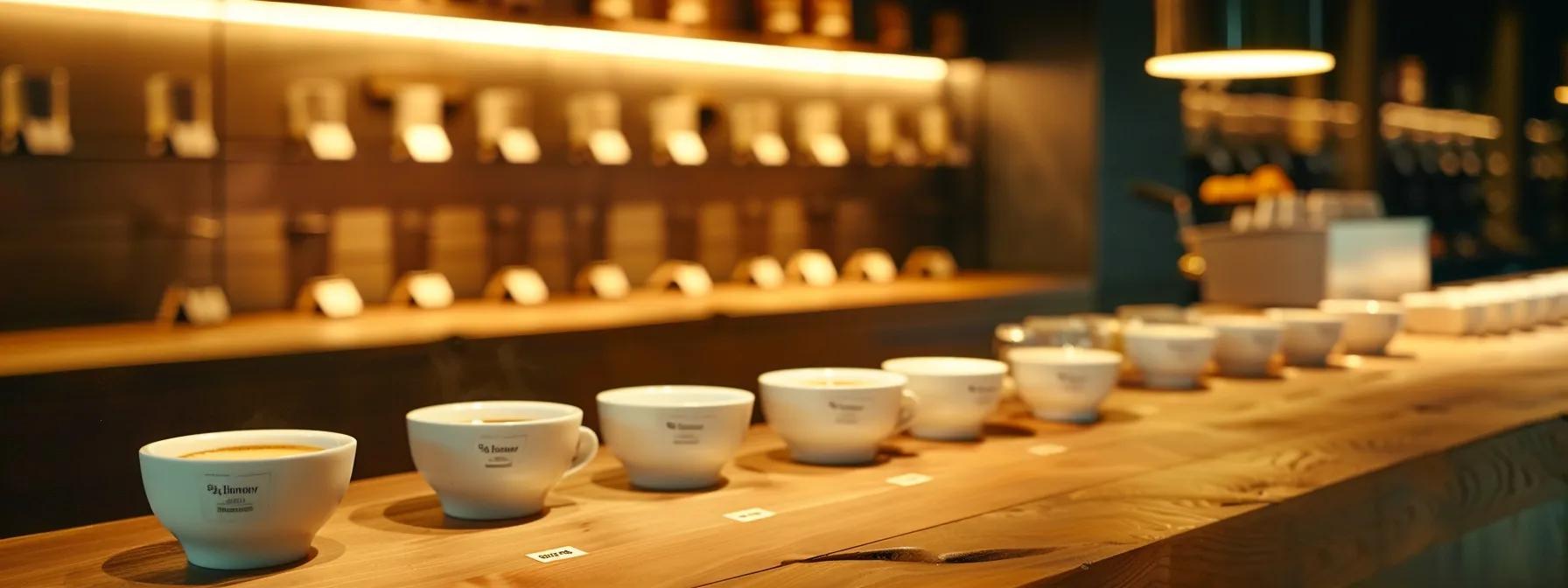
Achieving consistent flavor profiling ensures high product quality and reproducible adjustments in roasting and brewing. When measurements and tasting notes are repeatable, it becomes easier to track improvements and communicate results clearly. By standardizing equipment, preparation methods, and documentation formats—and through regular inter-lab calibrations—consistent evaluations are maintained, ultimately fostering reliability and trust in the final product.
Frequently Asked Questions
Q: What is the importance of using a coffee flavor wheel in tasting sessions? A: It organizes and standardizes flavor descriptors, enabling tasters to accurately identify and replicate flavors consistently.
Q: How often should I calibrate my palate through cupping sessions? A: Ideally on a monthly basis and after any significant changes in brewing or roasting methods to maintain sensory accuracy.
Q: Can sensory training truly improve my ability to taste subtle notes in coffee? A: Yes, regular sensory training enhances the ability to differentiate and remember subtle flavors and aromas, significantly improving accuracy.
Q: What common mistakes should beginners avoid when starting coffee cupping? A: Beginners should avoid rushing the tasting process, neglecting to control external variables, and relying solely on external descriptions instead of developing their own sensory vocabulary.
Q: How do digital tools enhance the effectiveness of coffee flavor profiling? A: Interactive flavor wheels and sensory apps help with systematic record-keeping, data analysis, and calibration among tasters, leading to more precise and objective evaluations.
Q: What role do certifications play in establishing expertise in coffee sensory training? A: Certifications from reputable organizations validate a professional’s skills in coffee flavor profiling and are critical for quality control.
Final Thoughts
In conclusion, accurately identified and recorded coffee tasting notes are fundamental for crafting exceptional coffee experiences. Sensory training refines these notes and deepens understanding of the interplay between bean characteristics and brewing variables. Standard cupping protocols provide the necessary structure for consistent evaluations, directly influencing roasting profiles and brewing adjustments. This comprehensive approach to flavor profiling enables both novices and professionals to continuously refine their techniques and produce coffee that consistently stands out in quality.
Let Coffee Crafters Help You Take The Guess Work Out of Coffee Roasting
